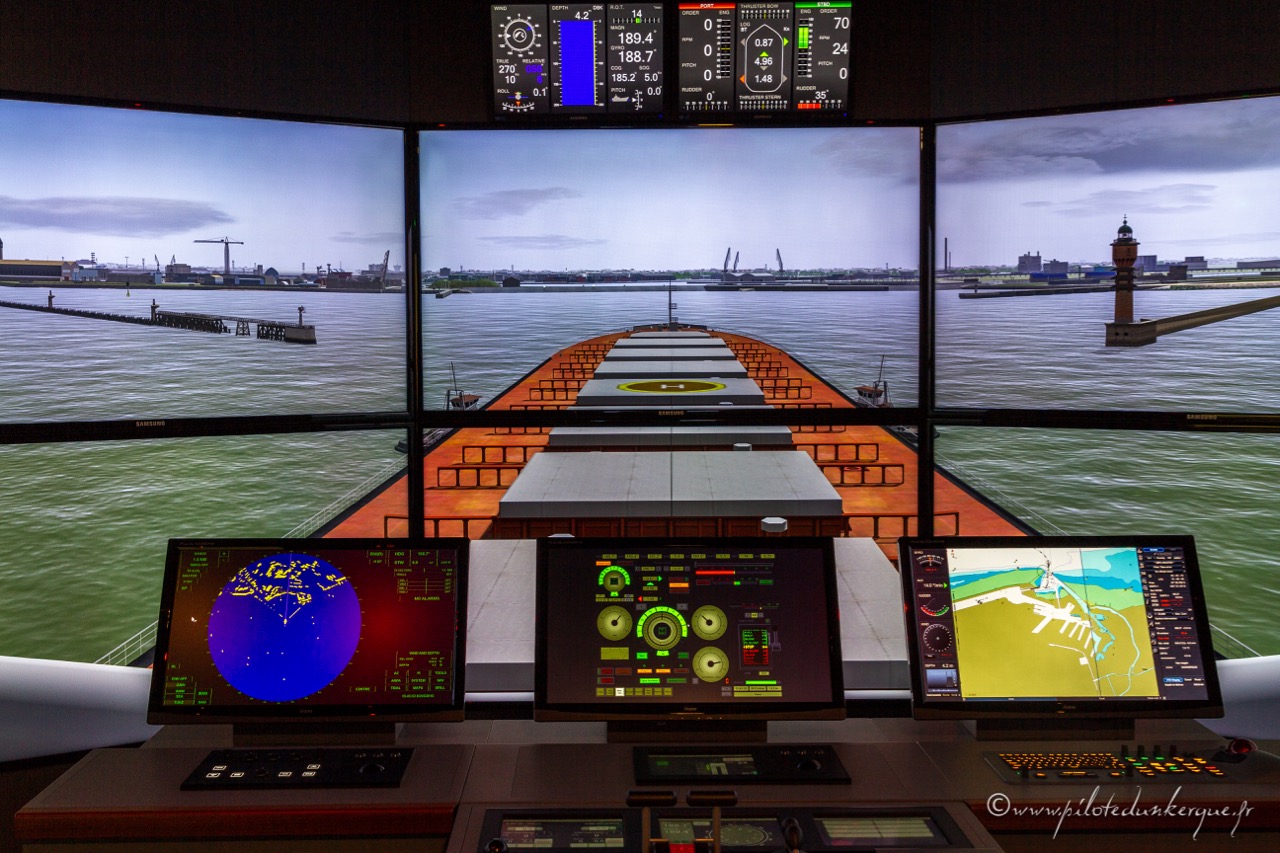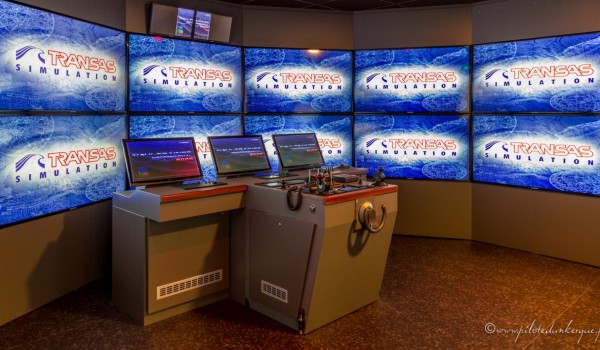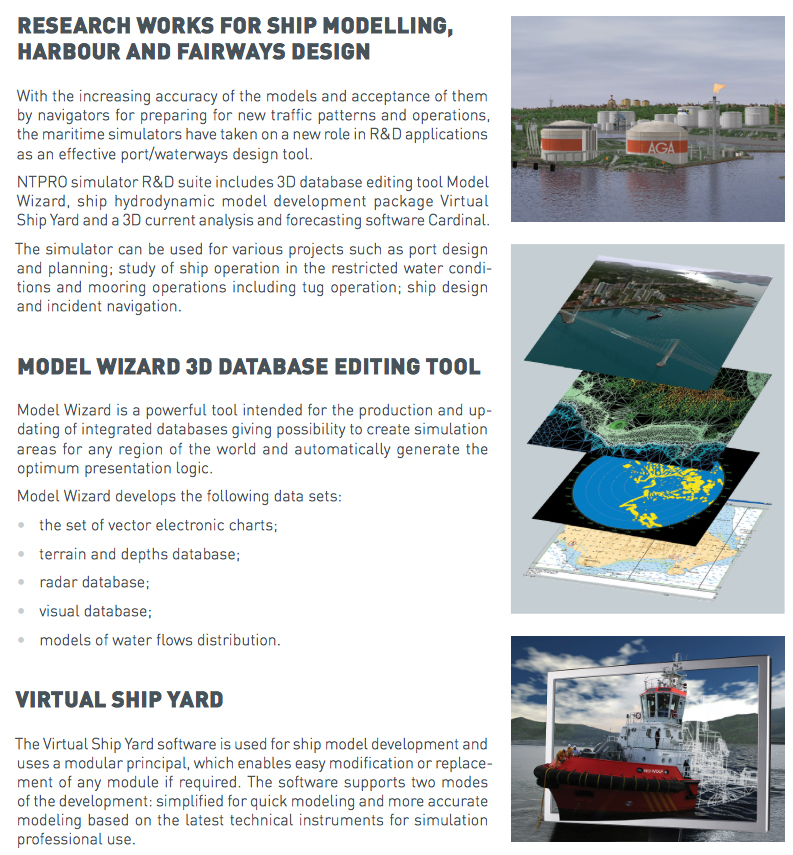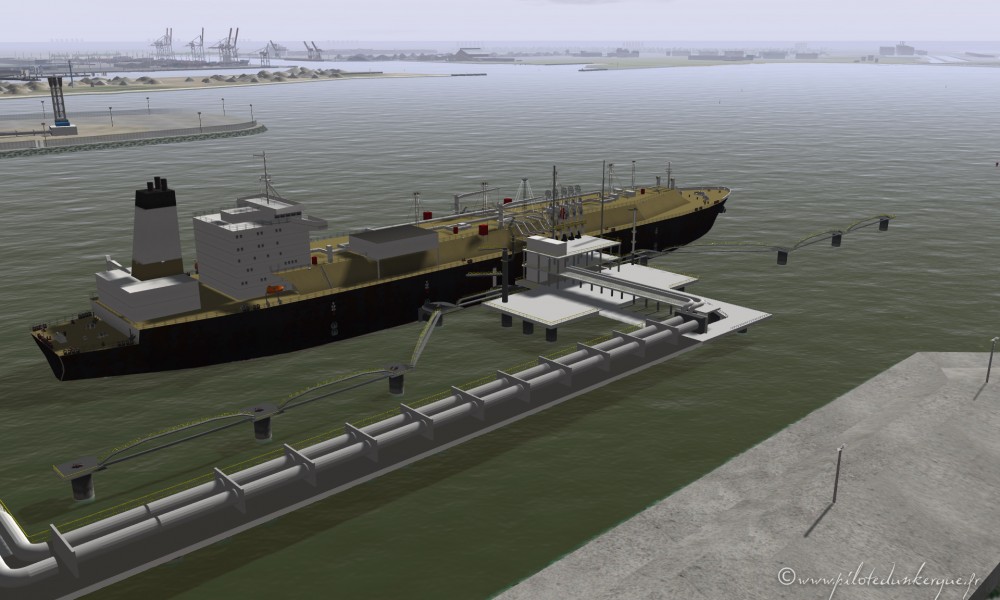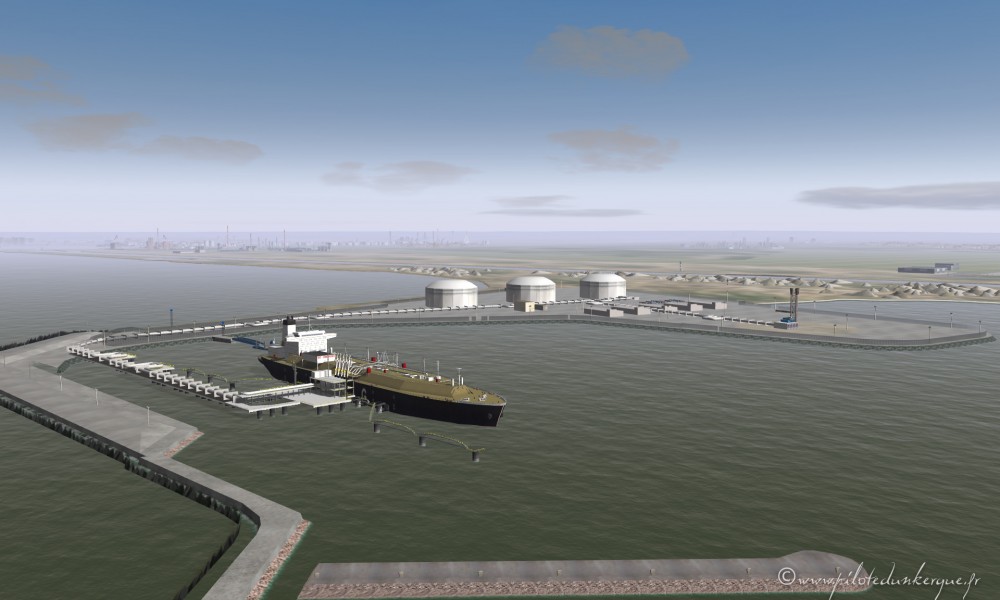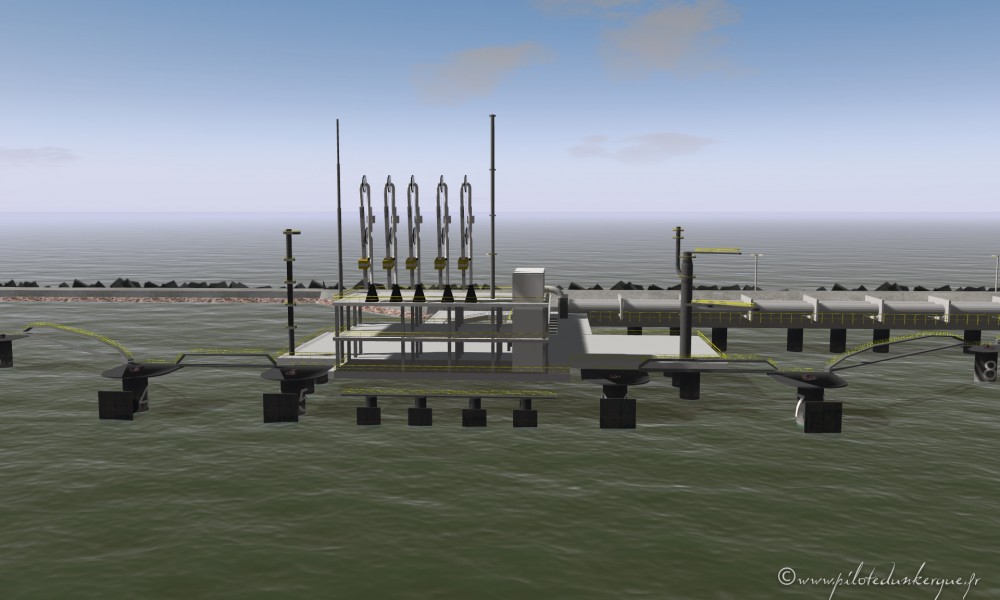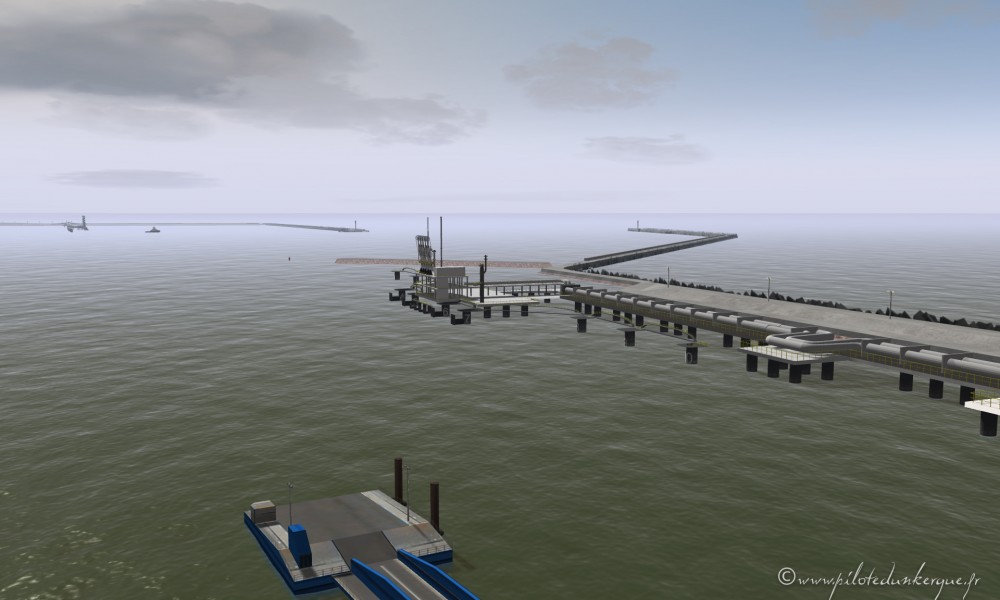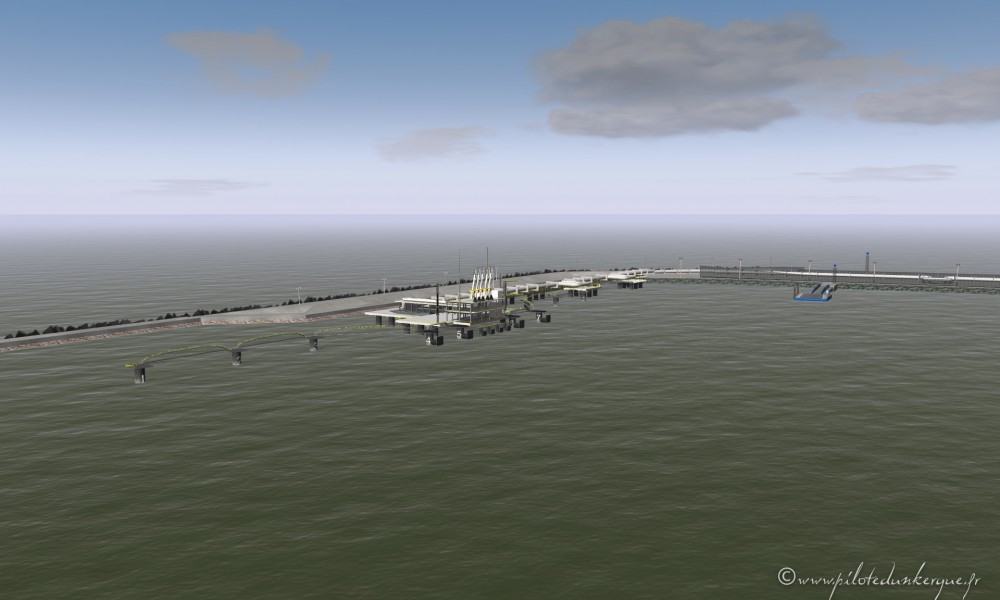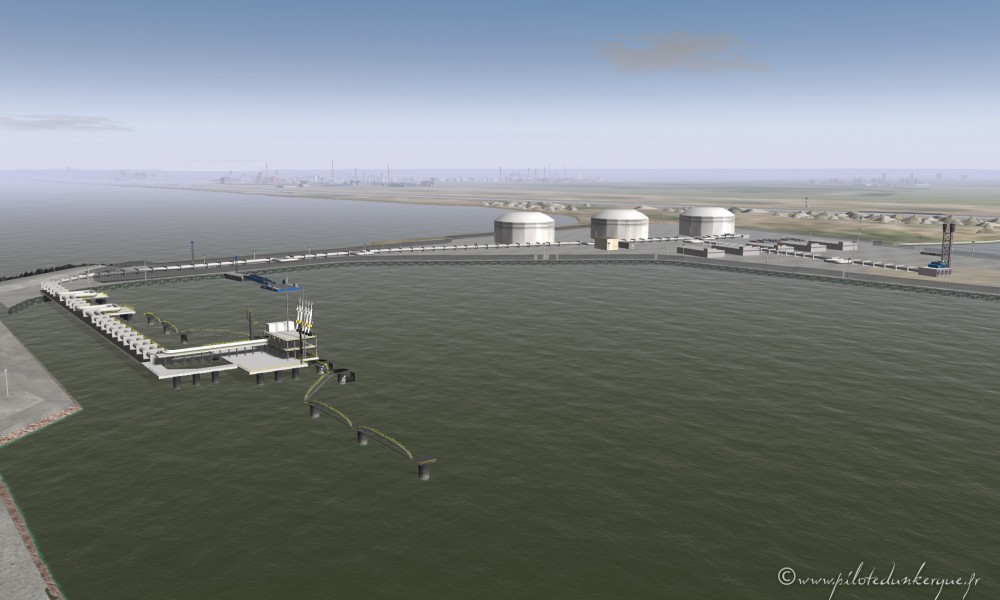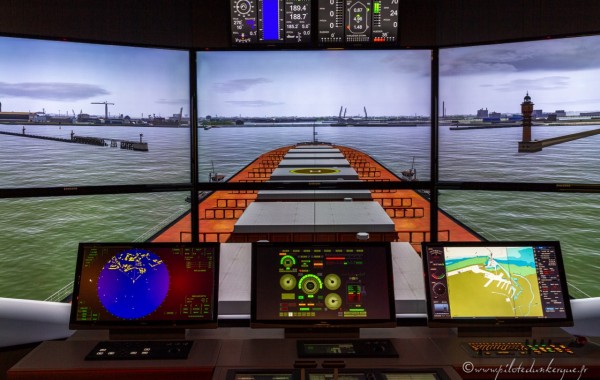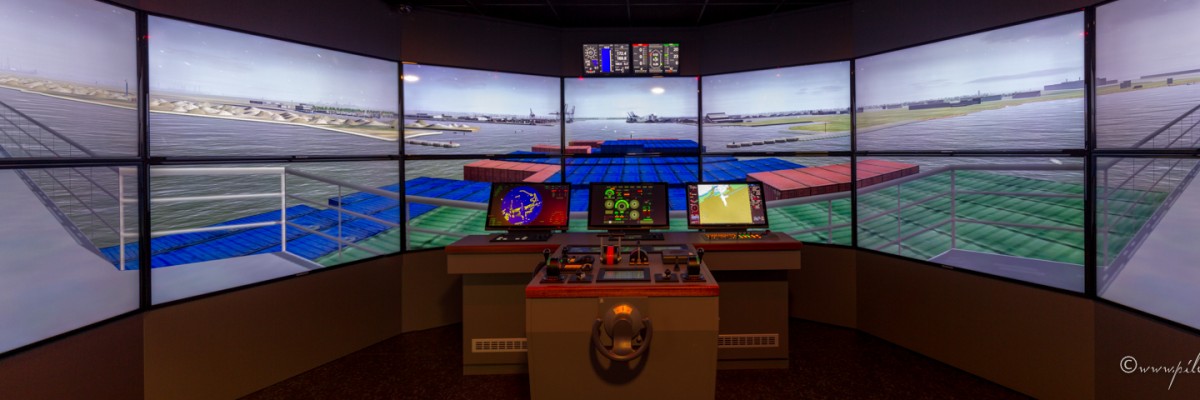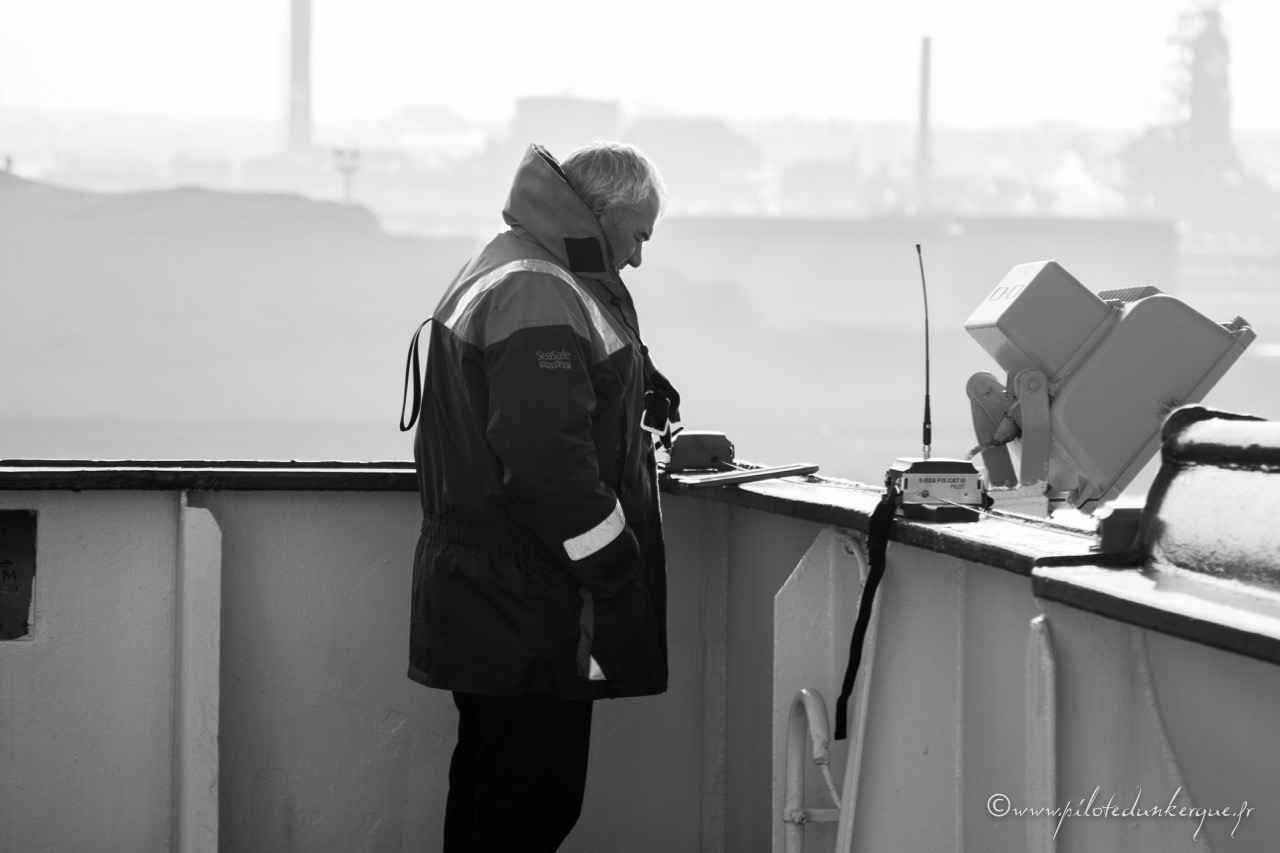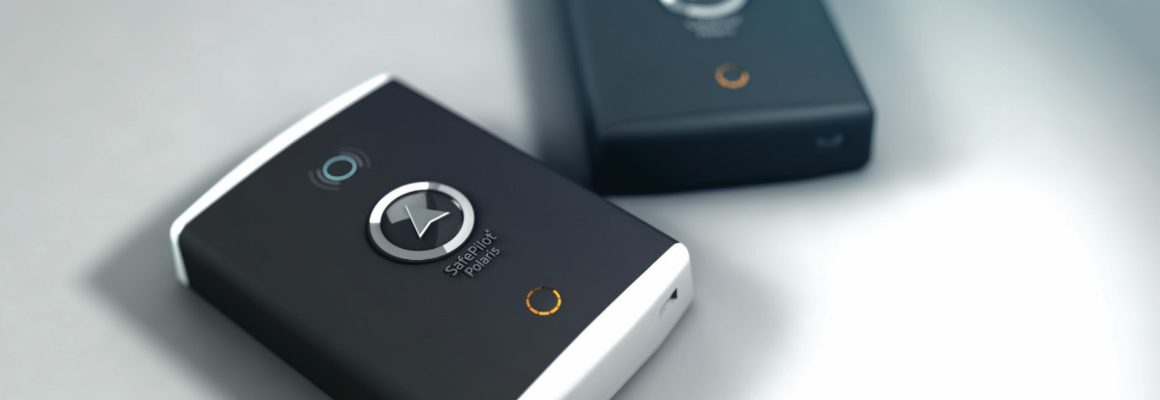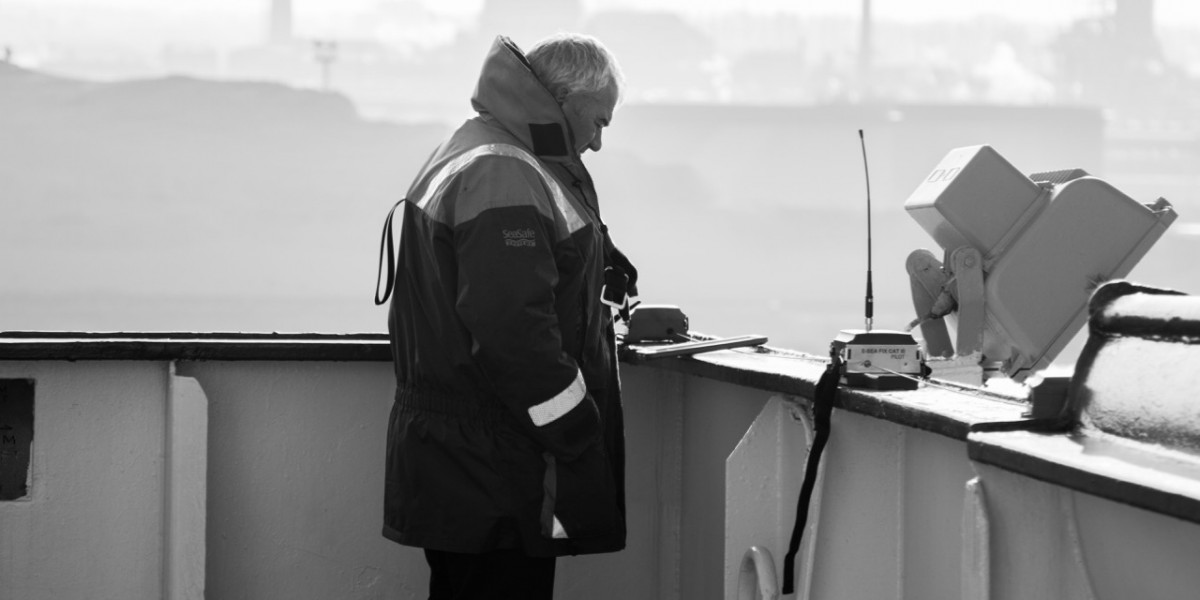With these advantages, Dunkirk pilots are individually equipped with these units on a media type ipad, each of these tablets is equipped with manufacturer Marimatech Safepilot software world reference in dynamic positioning equipment.
Pilot station also has 4 sets of beacons like CAT ROT & CAT I precision allowing the speed of one centimeter per second and a DGPS positioning accuracy of less than 80 centimeters.
CAT III
We also have a beacon type E FIX-SEA CAT III (L1 / L2) RTK GNSS (GPS + GLONASS + Gailileo).
To ensure the operation of very large ships in the port of Dunkerque, such as Capesize vessels crossing the Charles de Gaulle Lock, the ship handling of Ultra large containers ships ULCS of 400 meters in the West port and the Qflex type and Qmax LNG vessels entering the Dunkerque LNG terminal in Le clipon area.
For the very high end piloting applications demanding centimeter accuracy as well as heave, pitch and roll monitoring, MARIMATECH offers the E-Sea Fix CAT III units. This is particularly important for sensitive operations such as LNG operations, side-by-side berthings off shore, challenging locks, etc.
The E-Sea CAT III unit is based on a thought through and well proven design ensuring extreme robustness, accuracy and reliability required for such operations.
The CAT III features:
- The CAT III is completely independent of the ship’s sensors.
- Integrated all-in-one unit ensuring exceptional reliability
- Minimal set-up time
- Extreme position accuracy – less than 2 cm RMS.
- Extreme heading precision 0.01 deg
- Low weight
- Kalman filtering in the unit eliminates errors caused by WIFI package transfer
- Heave, pitch and roll monitoring and logging (optional)
- Automatic base line calculation
- Flexible software choice, but we deliver dedicated pilot software for multiple platforms, including the iPad.
- Custom charts as required
- Large range of options for data integration 1via base station or internet (wind, current, tide, chart server, VTS as well as tug position, aspect, RPM, hawser load etc.)
- Easily portable in a padded back pack or hard case.
- GPS and Glonass L1/L2 RTK and prepared for Galileo.




